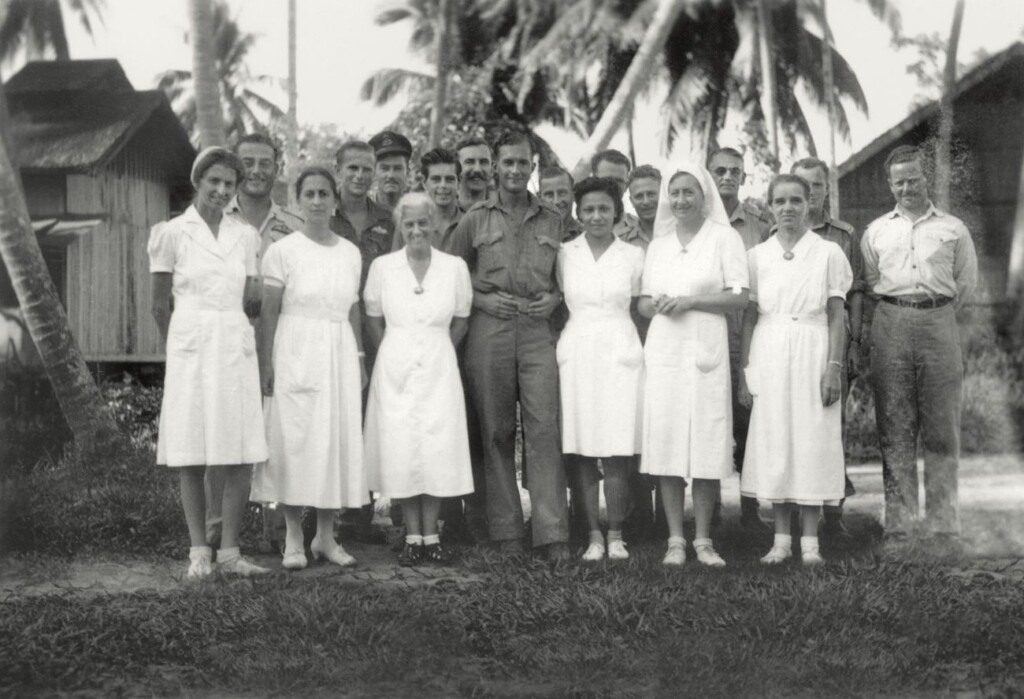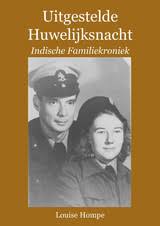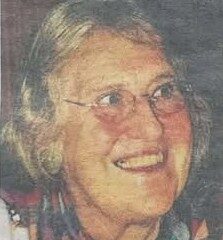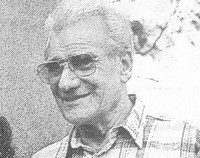This again presents a story highlighting the integral connections between the Netherlands – Netherlands East Indies (now Indonesia) and Australia.
During World War II, the Dutch East Indies became a crucial battleground involving both Dutch and Australian forces. Jaap Bakker, a Dutch KNIL (Royal Netherlands East Indies Army) officer, and his wife Gésina Bakker-Broerse, a Red Cross nurse, were deeply involved in these events.
The Australian role in Timor
Jaap Bakker – from Sappermeer in Groningen – was deployed to Timor as part of the Allied Expeditionary Force, which included Australian troops. Australia had sent divisions to both Portuguese and Dutch Timor to counter the Japanese threat. When the Japanese attacked Dili on February 19-20, 1942, the Australian and Dutch forces had to retreat into the mountains. The harsh conditions, including lack of food, water, and medical supplies, made survival extremely difficult. Despite these challenges, the Dutch Australian resistance continued guerrilla warfare against the Japanese throughout 1942.
Jaap’s unit played a role in this resistance, and in late 1942, he managed to escape Timor aboard the Dutch destroyer Hr. Ms. Tjerk Hiddes, which transported him to Australia. From there, he was reassigned to New Guinea, participating in the Allied campaign to retake the Dutch East Indies, including the battles for Tarakan and Balikpapan.
Australian medical assistance and liberation efforts
Meanwhile, Gésina Bakker – born in Amsterdam – was interned in a Japanese prisoner-of-war camp in Kandangan, Borneo. After Japan’s surrender, she helped establish an emergency hospital in Banjarmasin to care for freed prisoners of war. Due to severe health issues, she was later transported to an Australian field hospital in Balikpapan, where she received medical treatment. This Australian facility was instrumental in providing care for many Dutch and Allied survivors of Japanese internment.

A chance reunion in Balikpapan
Following the liberation of Balikpapan, Jaap Bakker was working in logistics when he unexpectedly encountered his wife. While traveling to an American supply depot in a jeep with a colleague, he spotted two women by the roadside. Recognising his wife, he immediately stopped, leading to an emotional reunion. However, due to her medical condition, Gésina was soon transported to Melbourne, Australia, for further treatment. This brief reunion was one of the few moments they shared before she was sent abroad for recovery.
Legacy and recognition
Both Jaap and Gésina Bakker played vital roles in the war effort, with direct connections to Australian military operations and medical support. Their experiences highlight the strong cooperation between Dutch and Australian forces during World War II. Despite their sacrifices, post-war recognition in the Netherlands was limited. However, both eventually received the Resistance Memorial Cross, one of the few Pacific War recipients of this honour.
Their remarkable story, intertwined with Australian wartime efforts, is a testament to the enduring partnership between the Netherlands and Australia in World War II history.


